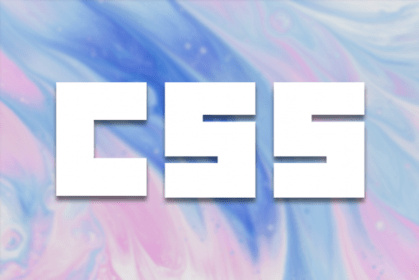
Enjoy greater flexibility to create native designs that use real text on images using the CSS mix blend property tool.
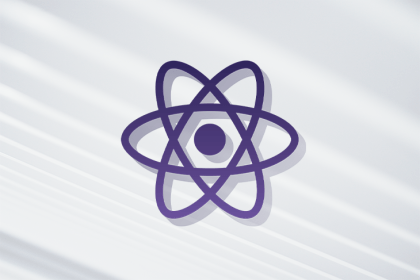
Here, you can learn how to export an array of objects to an Excel file using a reusable React component.

Use Mirage JS to build a mock API that creates the frontend of your application without having to rely on data from the backend.
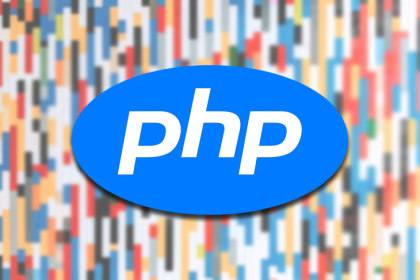
Rector is a reconstructor tool for PHP. Learn how you can use it to code with modern PHP features yet still deploy to legacy environments.
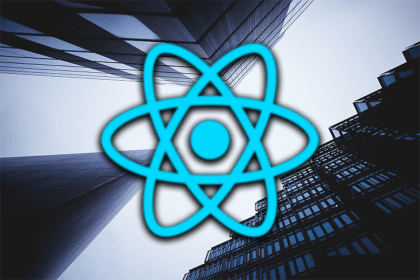
React.memo vs. useMemo: Major differences and use casesLearn what memoization is, how memoization works in React, and the major differences between React.memo() and useMemo().
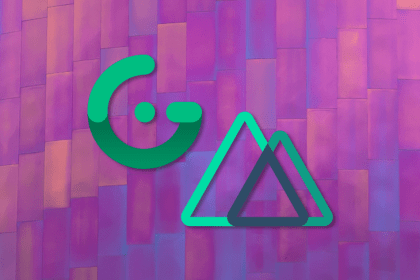
In this guide, we’ll evaluate Gridsome and Nuxt.js in terms of the developer experience, general use and best practices, structure, and community adoption. Then we’ll build an example blog with both frameworks.
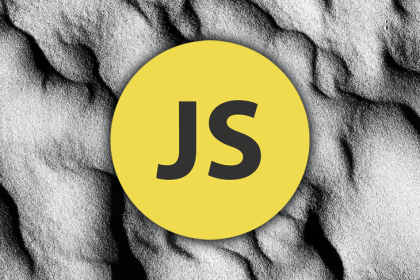
Polymorphic APIs can be convenient to use due to their flexibility, but in some situations, they can be more expensive to execute.
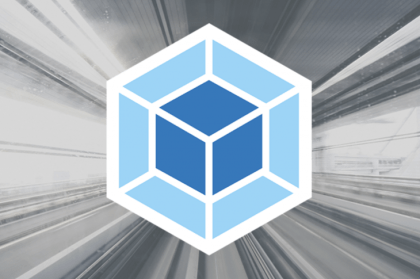
Webpack 5 featured architectural changes that set the stage for future user-friendly improvements. Here’s what to look for going forward.
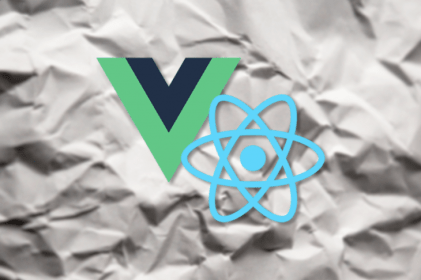
Vue API and React Hooks handle state and the reuse of logic in components. Examine each to determine which program is best for your needs.
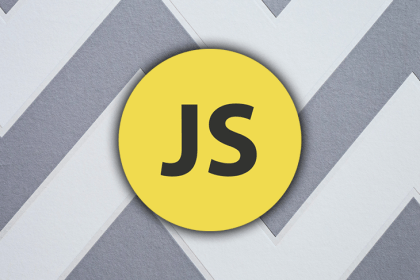
Here, you can learn about the WebSocket Protocol and how to use WebSocket subscriptions without queues.
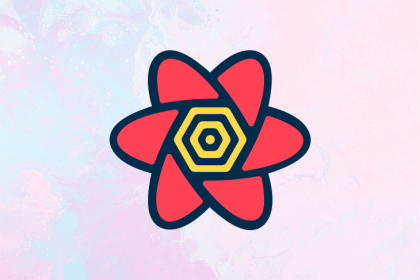
Here, you can learn what React Query is and what new features have been added in its latest iteration: React Query 3.
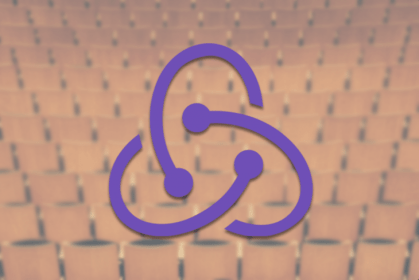
RTK Query is an experimental Redux library that delivers a simple and efficient solution for data fetching and caching.